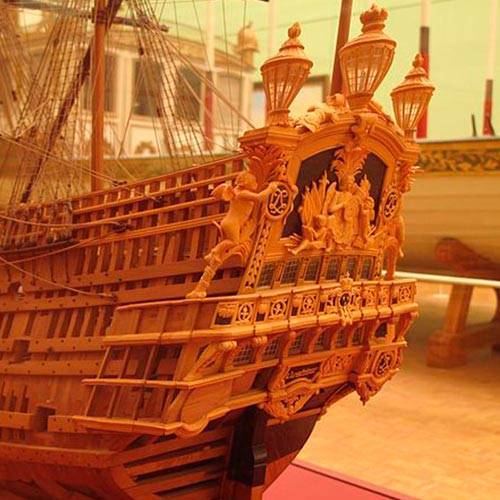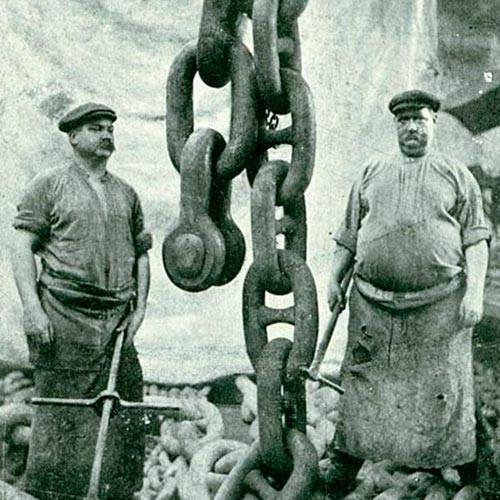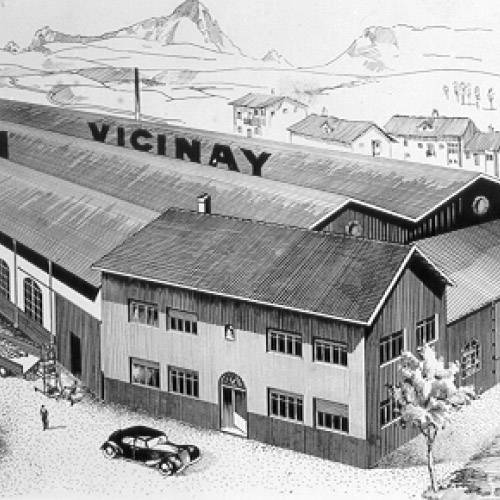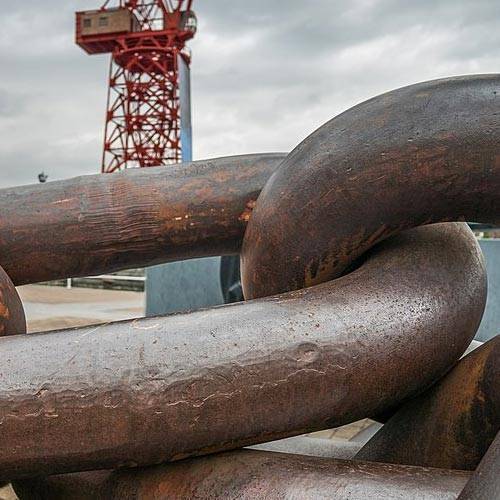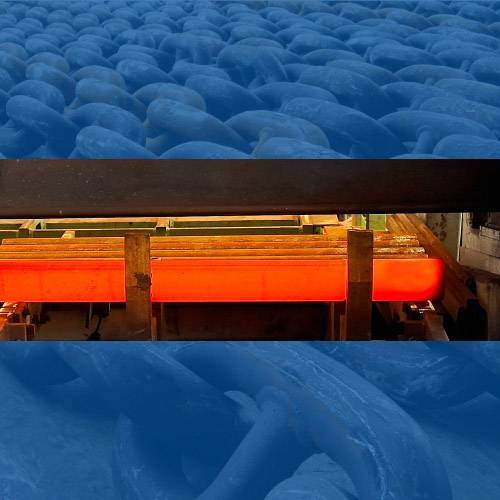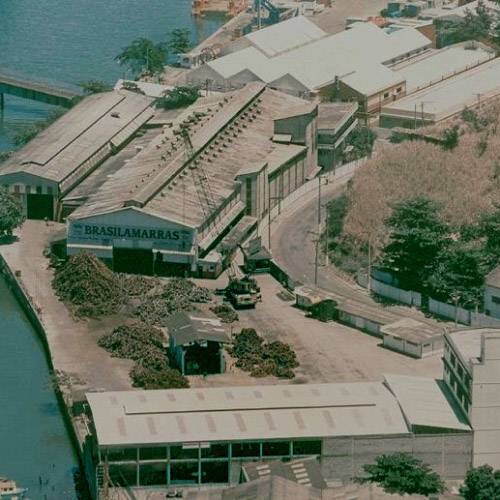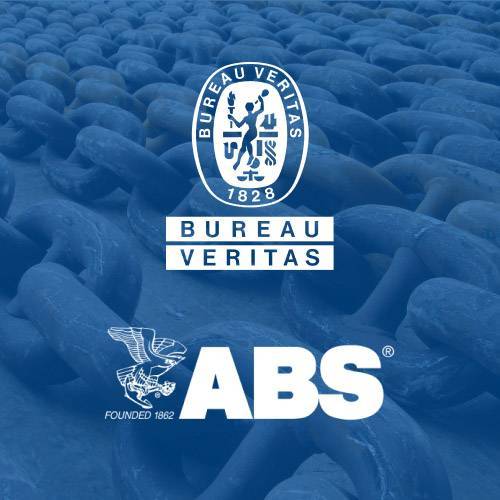The history of chains dates back more than three hundred years when they were made of coiled bronze wire.
DESIGN OF THE MOORINGS
The moorings for naval and offshore use, have their design and concept of use, based on the rules edited in 1871 by Loyd’s Register of Shipping (LRS) that normalized the dimensional of the moorings that remain until today.
Before that, some patents of designs were registered but they didn’t have good results.
Since 1871, lug lashing has been used, according to the geometry defined by ISO-1704.
At the beginning of the offshore industry, in the 1960s, the mooring used was that of the naval industry and, as platforms and other offshore equipment developed new needs, a separation began between the normative requirements of moorings intended for naval and offshore use.
